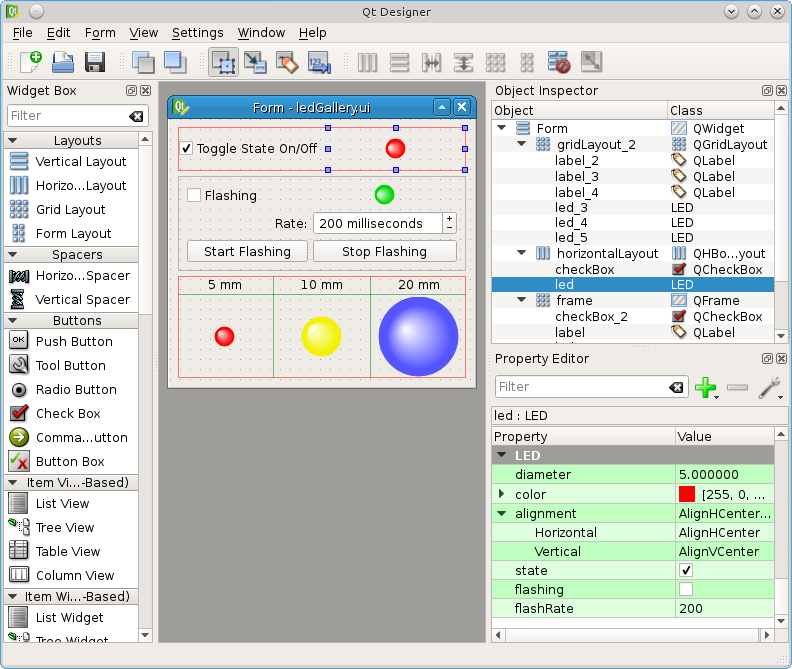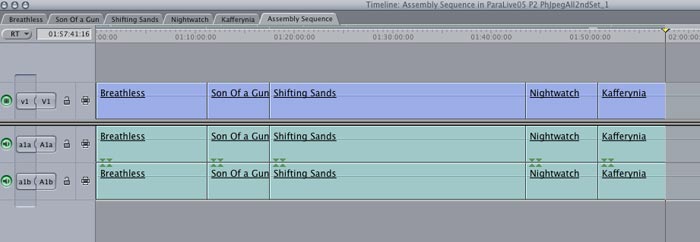
- #Qt sync tutorial how to
- #Qt sync tutorial for mac
- #Qt sync tutorial mac os x
- #Qt sync tutorial generator
- #Qt sync tutorial software
This work is done in a similar way to when we generated a library with the "frontend" template.
#Qt sync tutorial generator
To add this type of back end, once again, we use the Interface Framework Generator to do the heavy lifting for us and generate one. This is why such back ends are called "simulation backend". For now, we'd like to just have some simulation behavior as we can't connect it easily to a real car. This implementation is based on QtInterfaceFramework's Dynamic Backend System which enables us to switch between such back ends at runtime.įor our Instrument Cluster, we'd like to add such a back end to provide actual values. The same separation is done for our Middleware API, where the front end provides the API as a library the back end provides an implementation of this API. Already, Qt uses this concept in a lot of areas, most prominently in the underlying window system technology on various Qt platforms like XCB on Linux and Cocoa on macOS. This allows you to split an API from its actual implementation. Separation between the Front End and Back Endīoth QtInterfaceFramework and the Interface Framework Generator enable you to write code that separates the front end from the back end. Now, in this chapter, we extend this further by introducing a simulation back end and using annotations to define default values for our simulation. In the previous two chapters, we wrote a Middleware API using a QFace file and used the Interface Framework Generator to auto-generate a C++ API in the form of a library. Set(import_path "$ Chapter 3: Add a Simulation Back End and Annotations with a QML plugin
#Qt sync tutorial mac os x
Set_target_properties(libIc_ch1 PROPERTIES RUNTIME_OUTPUT_DIRECTORY. Learn more Mac OS X tips and tricks in this macProVideo course. Set_target_properties(libIc_ch1 PROPERTIES OUTPUT_NAME "InstrumentCluster") The ultimate goal is to connect all of these features together to simulate a real-time driving experience like this:įind_package(Qt6 REQUIRED COMPONENTS Core InterfaceFramework Qml Quick)


Add a simulation back end and corresponding simulation annotations with a QML plugin.Extend the interface and add annotations.Integrate a basic interface without a back end.We use an existing QML Instrument Cluster application and proceed through the following steps: I had also been recording my headphone mix into my MacBook's minijack input to Quicktime purely as a placeholder track to help with sync.This tutorial demonstrates how you can extend a QML application with your own auto-generated Middleware API. Without using loopback, my workflow up until recently had been the alternative of using a field recorder while capturing picture to Quicktime. Two workflows available to us are to use a loopback enabled audio interface such as the Audient EVO 4, or to capture discrete audio channels to a second system or field recorder to mix later. To improve the quality of your DJ video's it is better to record your audio and video separately.
#Qt sync tutorial how to
There are a few different approaches to doing screen recording for web videos, but the perennial question has always been how to capture high quality audio in the process.
#Qt sync tutorial for mac
Quicktime for Mac has a trick up its sleeve to help those making screen recordings for the web. Luke Goddard details a way of capturing multitrack audio on a Mac without any additional software.
#Qt sync tutorial software
In principle sharing a screen capture video without specialist software is easy but controlling sound from a microphone with computer audio from a DAW or similar is far better if audio is captured as multitrack.


 0 kommentar(er)
0 kommentar(er)
